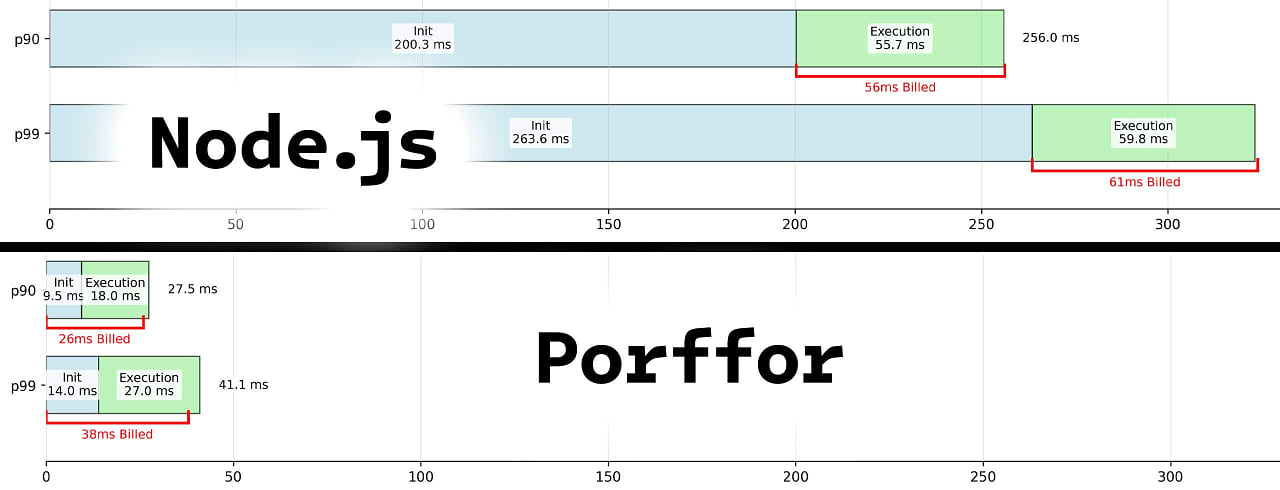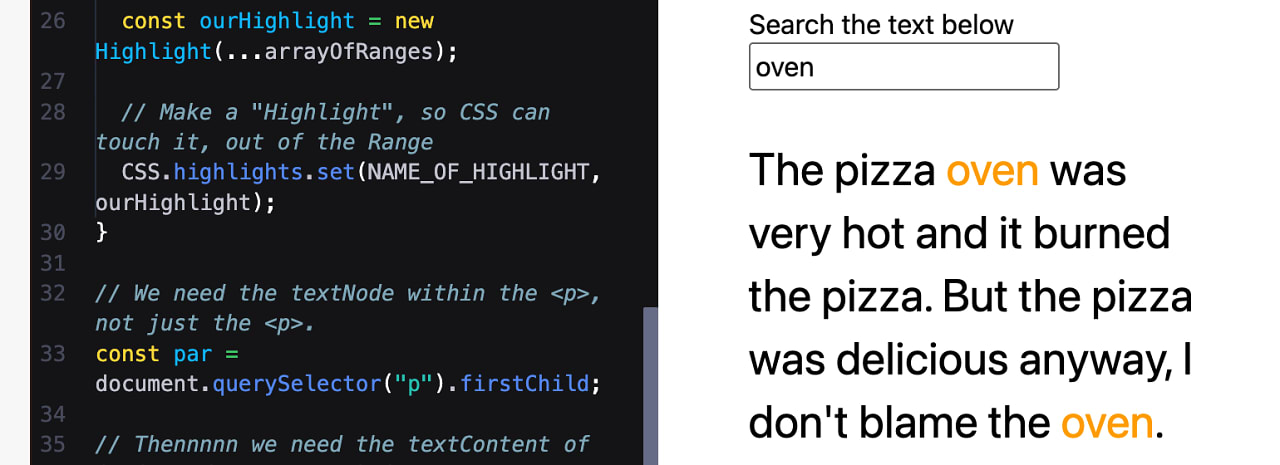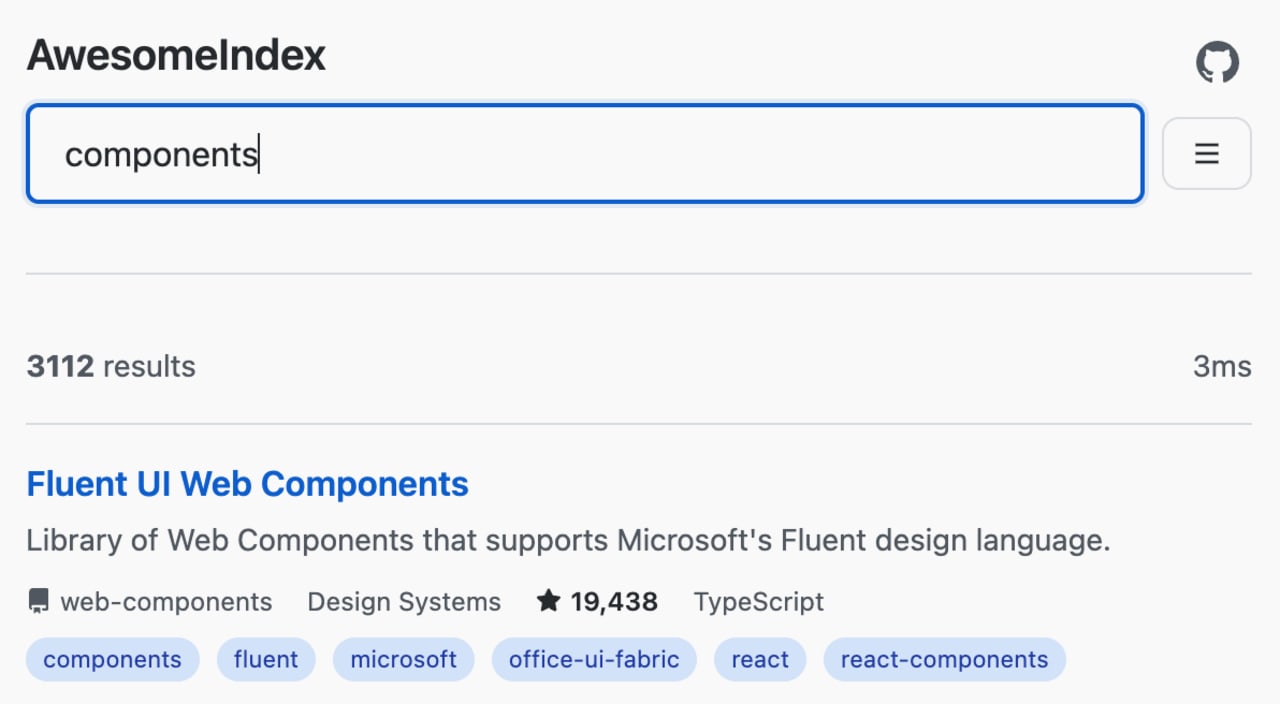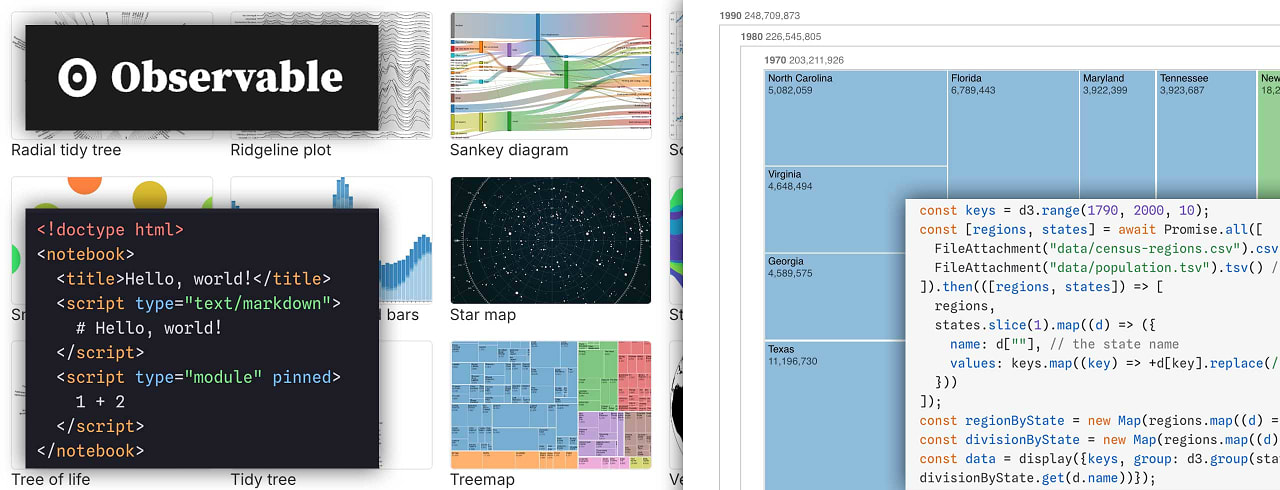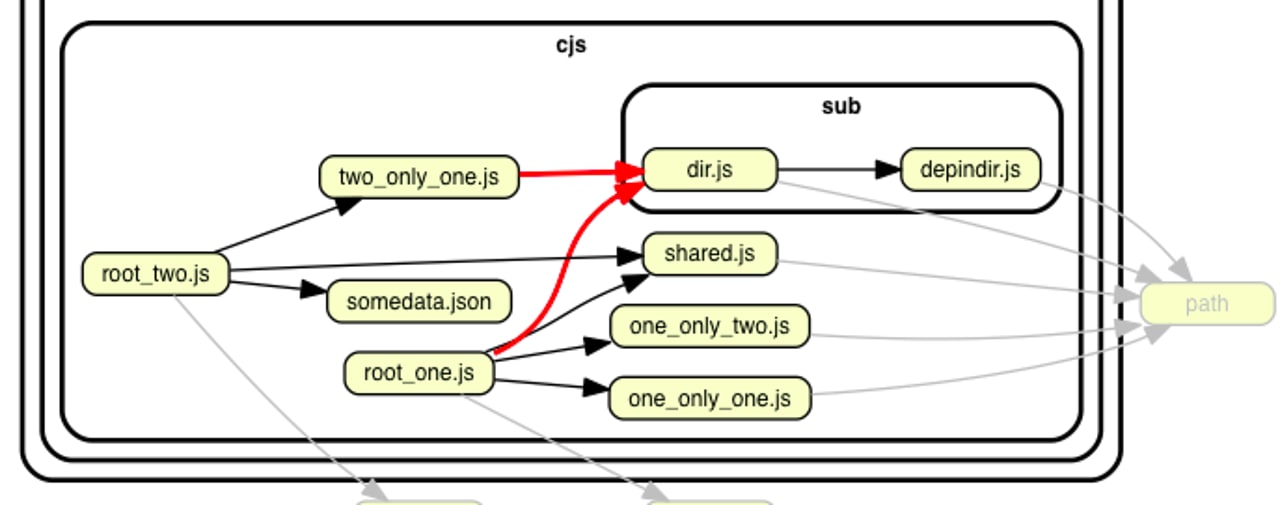OWT has been designing and programming web pages since 1994. A lot has changed in that time, as access speeds have increased and technologies evolved. While technological advancements have been great for both the user and web site owner, it is important to distinguish between what industry innovations are appropriate for each individual client's needs and which are not. OWT has the experience to wade through the technological noise and decide which tech will prove to be the best fit for your application. Whether it be leveraging the growing importance of search engine recognition or ensuring the user experience is positive through an efficient and sleek design, OWT is prepared to create a website beneficial for the client as well as their users.
We provide cost-effective solutions for most any budget. From over-the-top sites with an extensive custom feature set down, to the simplest brochure site; we can deliver your next website for less than you think. We also provide you with the tool set to keep your content fresh and compelling.
Although we have clients throughout the United States, we pride ourselves on the exceptional customer service we provide to our customers in the Kennewick, Richland, Pasco and Walla Walla areas. When it comes to accurately designing and implementing a web site, we put customers first.
Trust the experience that OWT has gained over such a long time in this relatively young industry. OWT will help you make smarter and more cost-effective decisions to make your web initiative positive, productive and profitable.




